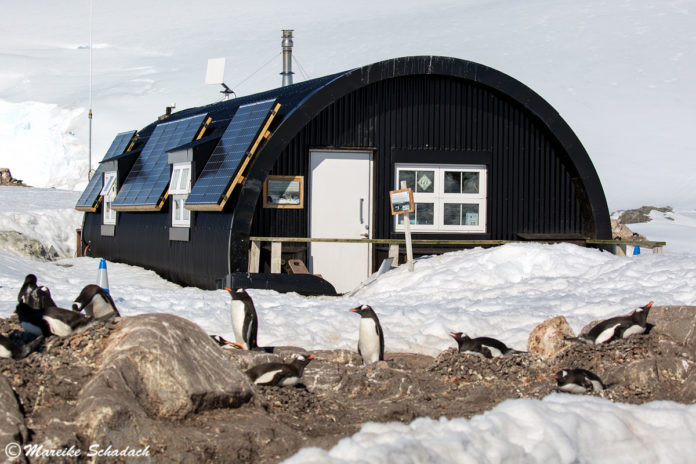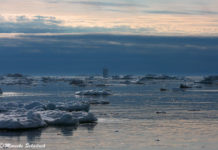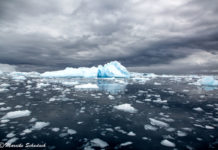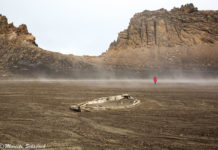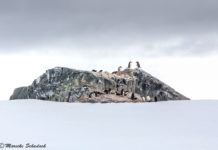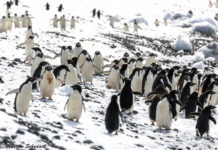Antarctica. Port Lockroy is not only the southernmost museum in the world but also the southernmost postal station in the world. As a contrast to the dazzling white ice landscape of Antarctica, the black-red Bransfield House is also a very welcome change. In Port Lockroy you are taken back to 1962 and experience how the polar researchers at the British research station "Base A" lived almost 60 years ago. Find out more about Port Lockroy as a place of historical interest in my following article. I'll also tell you how to get one of the most beautiful souvenirs from Antarctica.
Table of Contents and Quick Navigation
Port Lockroy - Antarctic natural Harbour
The Bransfield House
Excursus: Historical Sites of Antarctica
Most southern Museum in the World
Most southern Post Office in the World
The most beautiful Souvenir from Antarctica
The Penguins of Port Lockroy
Unassigned, unpaid advertising. The article contains affiliate links.
Here you can find an overview of all reports from my Antarctic trip.
Port Lockroy - Antarctic natural Harbour
The Port Lockroy natural harbour is a bay on the west side of Wiencke Island and thus part of the Palmer Archipelago. The bay opens towards the west to the Neumayer Canal. In the other directions the bay is protected by glacier fields and a rocky headland. The water at Port Lockroy is deep enough for smaller cruise ships to enter and anchor.
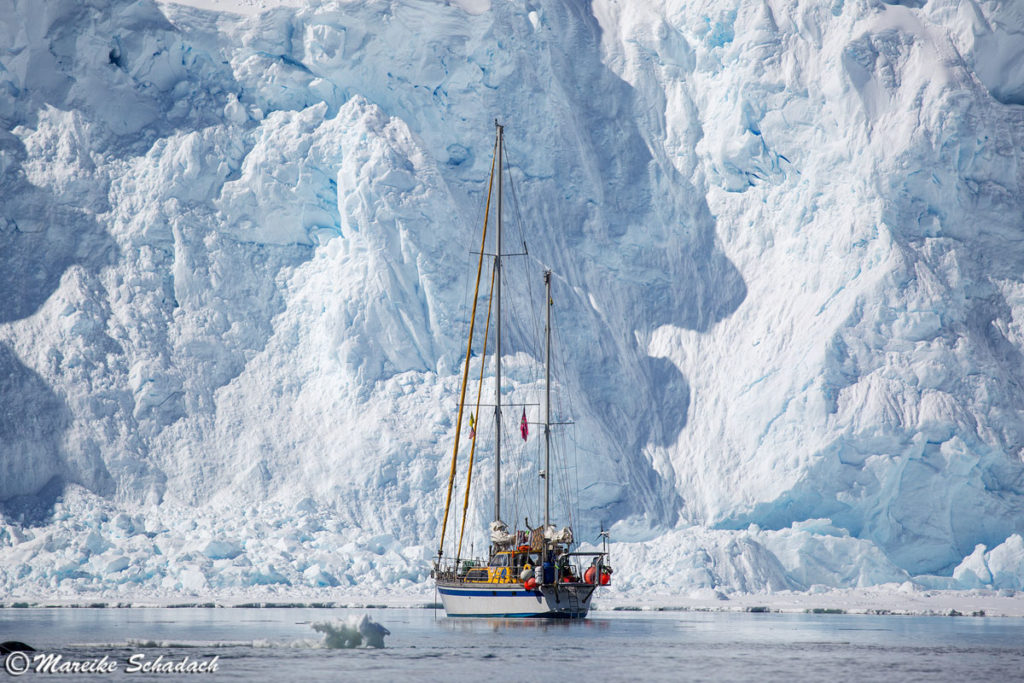
The bay was discovered in 1904 during the fourth French Antarctic expedition (1903-1905) led by Jean-Baptiste Charcot. The natural harbour is named after the French naval minister Édouard Lockroy (1840-1913), because Lockroy supported the expedition financially. Initially, the port was used for whaling and seal fishing, even factory ships moored here. During the Second World War, Port Lockroy was a British military base and the base of Operation Tabarin.
The Bransfield House
In 1944, the British built their first permanent research station "Base A", also called Bransfield House, on the neighbouring Goudier Island. In the following years, botanical investigations, weather observations, geological and topographic mapping as well as atmospheric research were carried out here. Until 1958 Base A was extended by extensions and an additional generator shed. In 1962, however, the station was abandoned again.
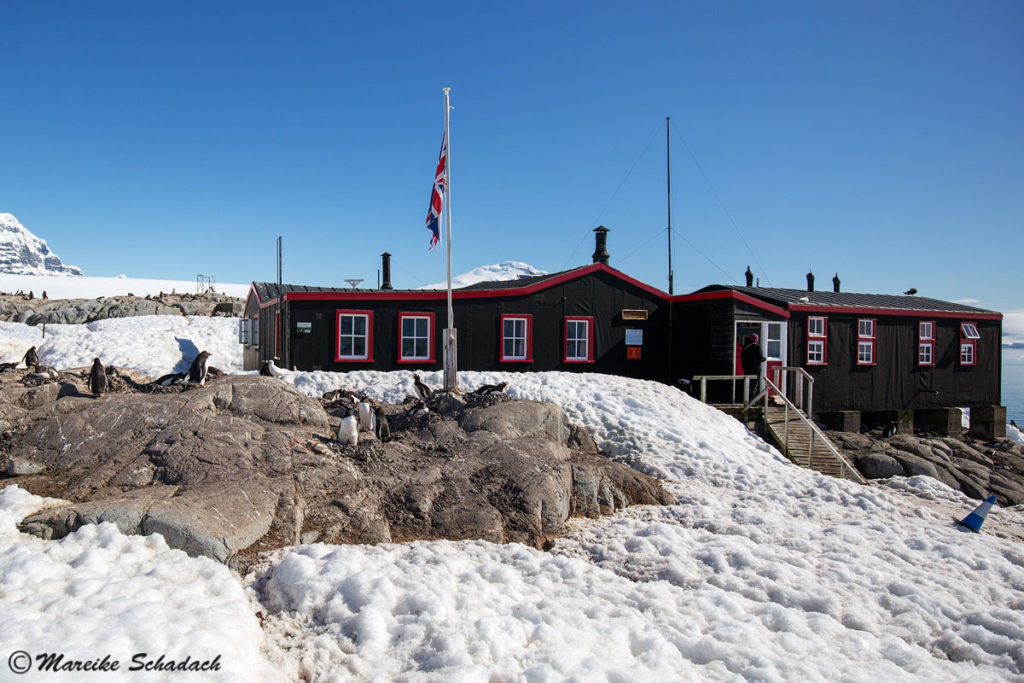
The remains of Base A were declared a Historical Site 'HSM-61' under the Antarctic Treaty in 1995. The reason for its historical importance is its use as a base for Operation Tabarin in 1944 and its scientific research. For example, the first measurements of the ionosphere were carried out here and the first image of an atmospheric whistle was taken. Port Lockroy was also an important station of the International Geophysical Year 1957/1958.
In 1996, the former Base A was renovated and restored to its original condition in 1962. Since then, the Bransfield House has been used as a museum, post office and souvenir shop.
Port Lockroy has become one of the most popular attractions and one of the most visited places in Antarctica. To protect the site and the penguins that live there, tourism in Port Lockroy is limited: A maximum of three cruise ships with a maximum of 500 passengers each are allowed to anchor here every day. In addition, only 60 people are allowed to be on shore at any one time.

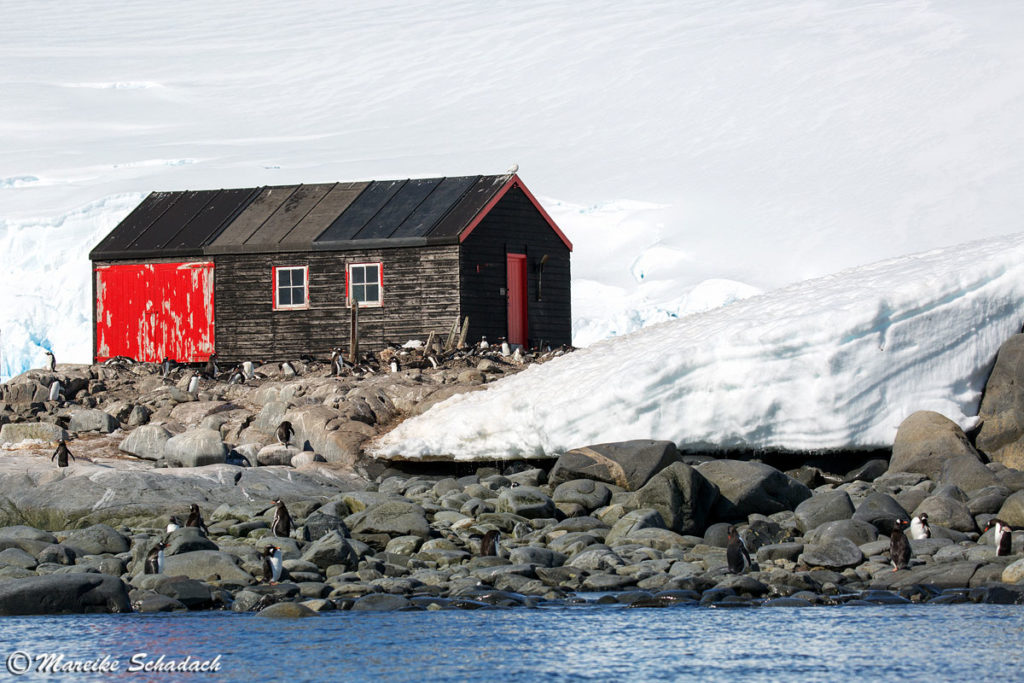
Excursus: Historical Sites in the Antarctic Treaty
A historical site or monument is a protected place of historical interest in the Antarctic. These include for example huts, stone hills, memorial plaques or graves. The list of historical sites was first drawn up in 1972 and has since been expanded to 85. Objects must meet one or more of the following criteria in order to be included in the list:
- A special historical event has taken place at this site.
- The site is associated with an important personality in Antarctic history.
- The site is linked to an important masterpiece of "perseverance or success".
- It represents a larger activity "important for the development and knowledge of Antarctica".
- The building itself is of technical, historical, cultural or architectural importance.
- The site has educational potential about "significant human activities" in Antarctica.
- It has symbolic value for the people of many nations.
Other historical sites under the Antarctic Treaty are the ruins of the former whale processing station and the remains of the British research station at Whaler's Bay on Deception Island. Learn more about this place in my article Deception Island - Lost Place in Antarctica.
Most southern Museum in the World
The former British research station in Port Lockroy has housed the southernmost museum in the world since 1996. The Bransfield House, the main base building built in 1944, was lovingly restored for this purpose. The refurbished rooms include the workshop, kitchen, bedroom, lounge, radio room, laboratory and hallway. With numerous exhibits and display boards, the museum shows life in the scientific base in the 1960s. It becomes particularly interesting in the kitchen, where an open recipe book reveals what was sometimes served: omelette from the seal's brain.
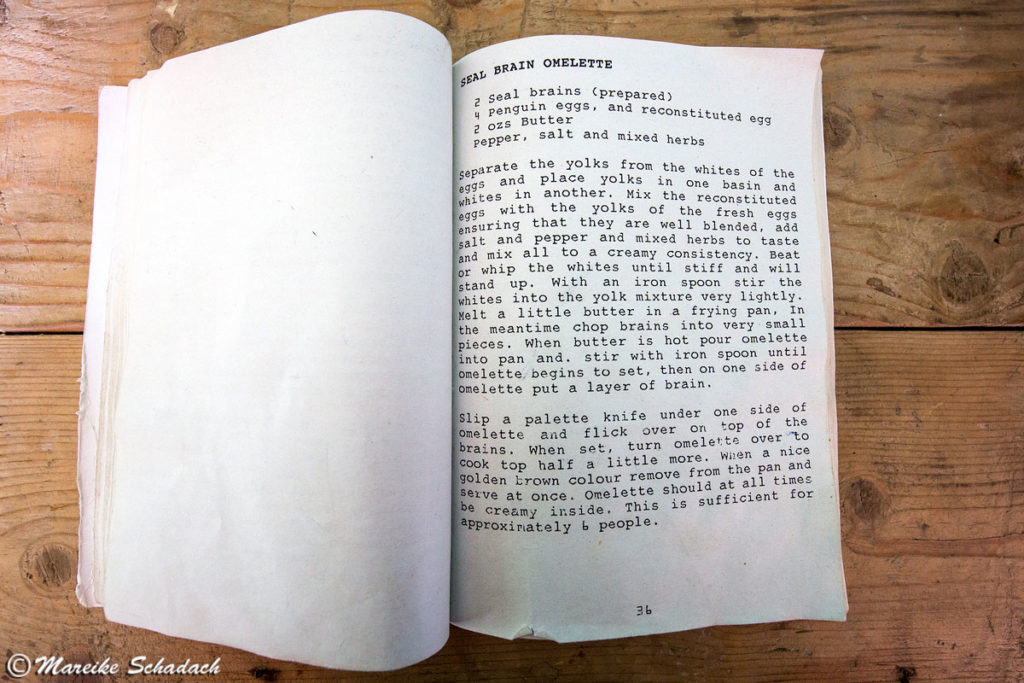

Next to the museum rooms there is a small souvenir shop with a surprisingly wide selection for the size of the shop. The income from the shop finances the preservation of the museum and other historical sites in Antarctica.
By the way: If you want to buy a souvenir of Port Lockroy afterwards, then have a look at the Shop of the United Kingdom Antarctic Heritage Trust.

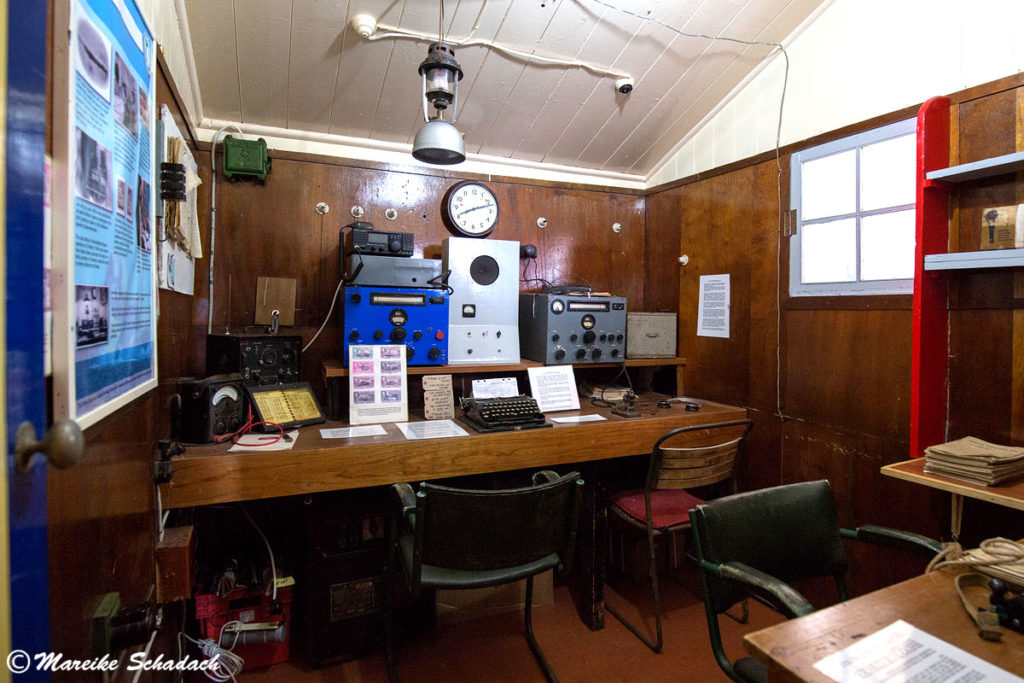
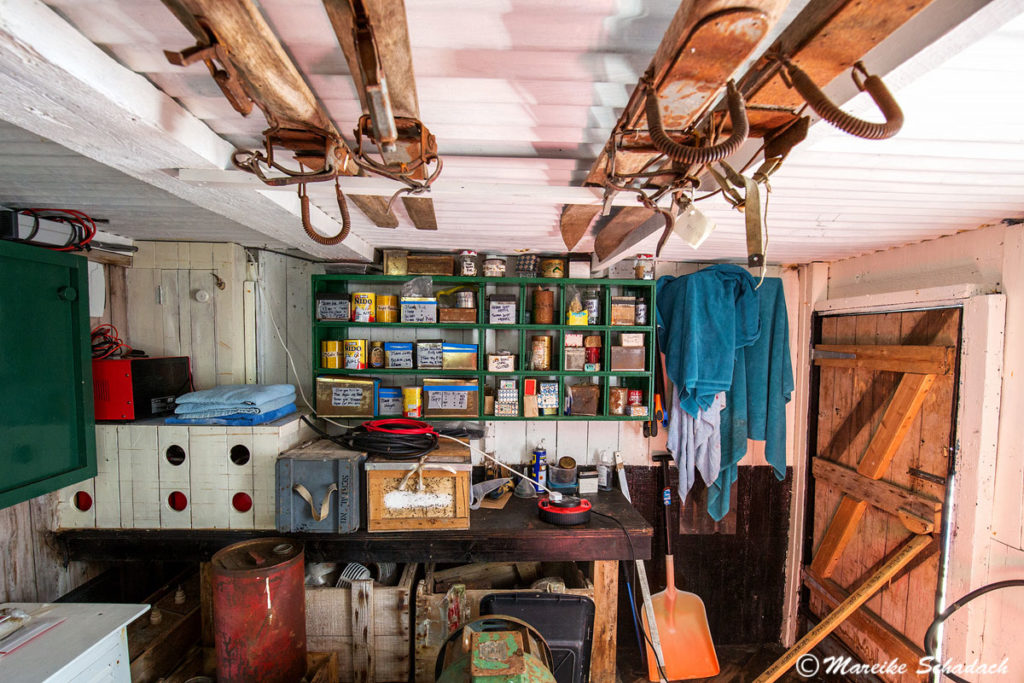

Most southern Post Office in the World
The southernmost post office in the world is attached to the museum and is operated by the United Kingdom Antarctic Heritage Trust (UKAHT) . Here you can have your postcards stamped with the special Port Lockroy postmarks and drop them directly into the red mailbox at Bransfield House. The postcards will be transported by the next ship to the Falkland Islands. From there the flight continues to London. The postcards are then transported from London to their destination.
The most beautiful Souvenir from Antarctica
Who ever got a postcard from Antarctica?
Have you ever written a postcard to yourself?
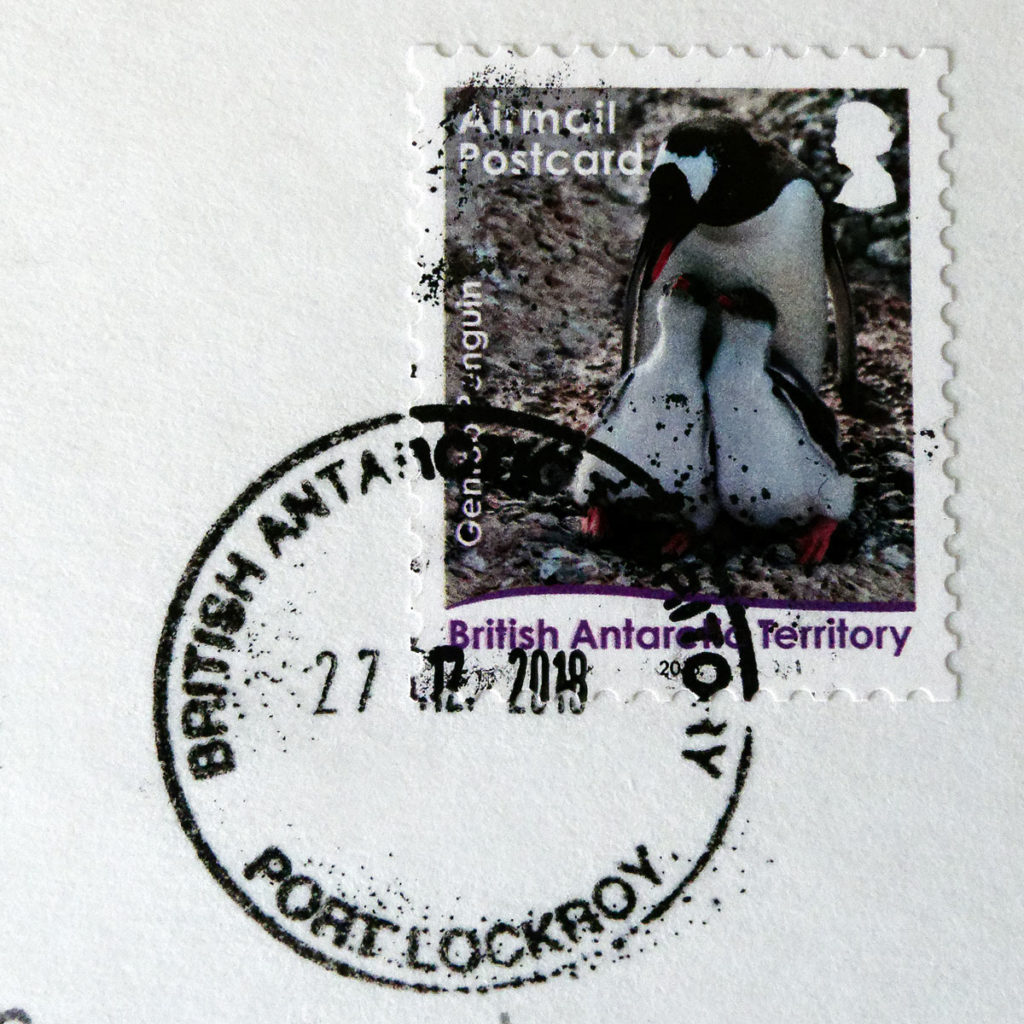
No? Then put it on the pen! Because it's a great pleasure when a postcard with the special Port Lockroy postmark arrives at home about two months after your Antarctic trip. The postcard is my most beautiful souvenir from Antarctica. And a great addition to the fridge magnet and the T-shirt, which I also bought in the shop.
The Penguins of Port Lockroy
A colony of gentoo penguins has lived on Goudier Island since about 1985. The colony is the focus of a research project that has been monitoring the breeding habits of the population and the effects of tourism since 1996. The colony was divided into two areas: One with and one without visitors.
It turned out that the breeding success is about the same in both colonies. The penguins are probably getting used to humans. In addition, visitors also expel predatory skuas who are targeting the chicks and eggs of the penguins. It is also assumed that snow conditions and food availability are the most important factors for breeding success.

Book Recommendations for Antarctica
Do you want to know where the journey is going? Then I can recommend this travel books* to you.
You can order the travel guides on Amazon by clicking on the pictures. If you buy a product via an affiliate link, I get a small commission and you help me to keep filling Fernweh-Motive with interesting articles. This does not make the product more expensive for you.
Have you ever been to Antarctica in a ship yourself? How did you like it and what were your highlights? Do you have any questions about my article or any other tips for a trip to Antarctica? If so, please write me a comment!
Do you want to know when there are new articles on my blog? Then follow me on Facebook, Pinterest or Instagram. I would also be very happy if you share my article with your friends.
